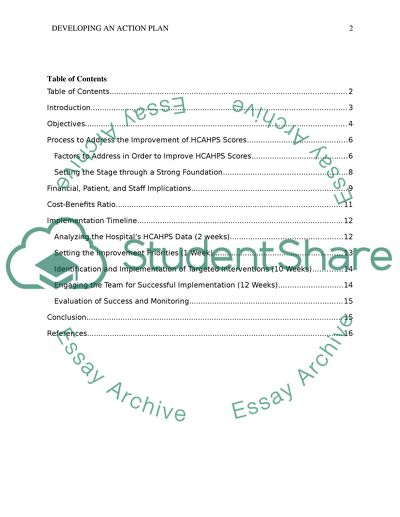Cite this document
(“Developing an action plan Essay Example | Topics and Well Written Essays - 3500 words”, n.d.)
Retrieved from https://studentshare.org/nursing/1403664-nursing-research
Retrieved from https://studentshare.org/nursing/1403664-nursing-research
(Developing an Action Plan Essay Example | Topics and Well Written Essays - 3500 Words)
https://studentshare.org/nursing/1403664-nursing-research.
https://studentshare.org/nursing/1403664-nursing-research.
“Developing an Action Plan Essay Example | Topics and Well Written Essays - 3500 Words”, n.d. https://studentshare.org/nursing/1403664-nursing-research.


